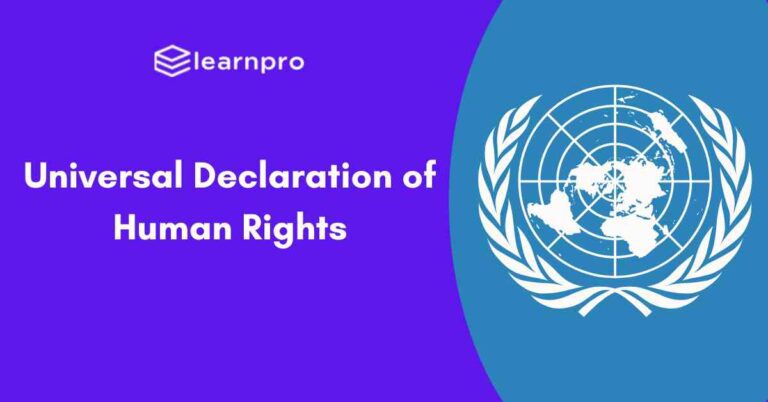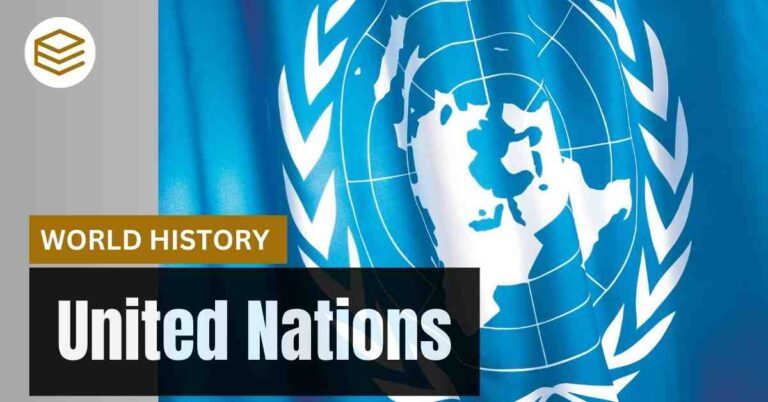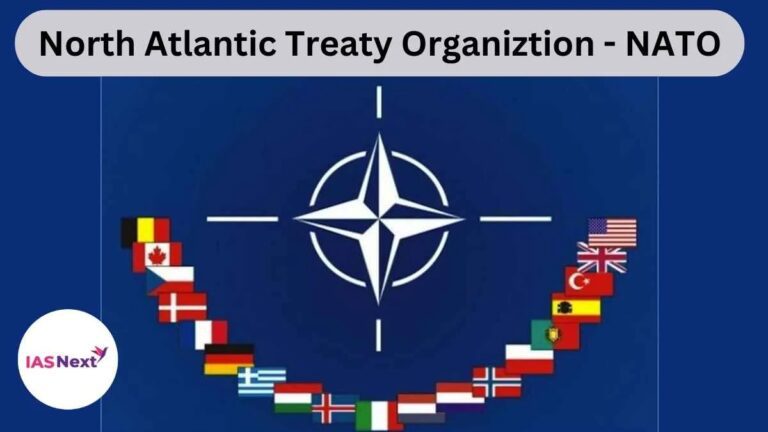October 25, 2025 11:41 am
Introduction:
- The Shanghai Cooperation Organization (SCO) is a Eurasian political, economic, and military alliance focused on promoting regional peace, security, and stability.
- Established in 2001, with a charter signed in 2002 and enforced in 2003.
- Member States: Kazakhstan, China, Kyrgyzstan, Russia, Tajikistan, Uzbekistan, India, and Pakistan.
- Observer States: Afghanistan, Belarus, Iran, and Mongolia.
- Dialogue Partners: Armenia, Azerbaijan, Cambodia, Nepal, Sri Lanka, and Turkey.
Structure:
- Heads of State Council: The supreme SCO body deciding on internal operations and relations with other states and international organizations.
- Heads of Government Council: Manages budget and economic interactions within the SCO.
- Council of Ministers of Foreign Affairs: Oversees daily activities and coordination.
- Regional Anti-Terrorist Structure (RATS): Focused on combating terrorism, separatism, and extremism.
- SCO Secretariat: Located in Beijing, providing support in information, analysis, and organization.
Facts:
- Represents 60% of Eurasia’s territory.
- Accounts for 42% of the world population.
- Contributes 20% of the world GDP.
Relevance of SCO for India:
- Connect Central Asia Policy: SCO is crucial for India’s economic and security interests in Central Asia.
- Afghanistan: The SCO-Afghanistan Contact Group plays a key role in regional stability, benefiting India.
- Energy Resources: Central Asia’s rich reserves of uranium, coal, and iron ore are vital for India’s energy needs.
- Economic Access: SCO provides alternative trade routes for Indian industries like IT, telecommunications, and pharmaceuticals.
- Political Engagement: SCO offers India a platform to engage with both China and Pakistan, promoting security interests in West Asia.
Challenges:
- Chinese Dominance: The organization is perceived as China-led, impacting India’s influence.
- Russia-Pakistan-China Axis: The growing partnership among these nations poses strategic challenges for India.
- No Bilateral Issue Resolution: SCO’s charter prohibits addressing bilateral disputes.
- BRI Differences: India’s opposition to the Belt and Road Initiative (BRI) contrasts with other members’ support.
BRICS
Introduction:
- BRICS represents leading emerging economies: Brazil, Russia, India, China, and South Africa.
- Term “BRIC” was coined by economist Jim O’Neill in 2001, formalized in 2006, and expanded to BRICS in 2010 with South Africa’s inclusion.
Key Facts:
- Represents 41% of the world population.
- Contributes 24% of the global GDP.
- Holds 16% of global trade share.
- Covers 29.3% of the world’s land area.
Objectives:
- Promote economic cooperation through trade, investment, and infrastructure development.
- Strengthen political ties and address global and regional issues collectively.
- Foster cultural exchange and enhance security cooperation.
- Advocate for global economic governance reforms, emphasizing emerging economies.
Three Pillars of Cooperation:
- Economic and Financial Cooperation: Focus on growth through trade, infrastructure, SMEs, energy, and finance, aligned with Sustainable Development Goals (SDGs).
- Cultural and People-to-People Exchange: Promote interaction in culture, sports, education, and business.
- Political and Security Cooperation: Dialogue on global security, political reform, and counter-terrorism.
Significance of BRICS:
- Counterbalance to Western Dominance: BRICS provides a united front against Western powers.
- Emerging Powerhouses: India and China are recognized as future global superpowers.
- Bridge Between Global North and South: Facilitates cooperation between developed and developing nations.
Importance of BRICS for India:
- Multi-aligned Foreign Policy: Offers a platform to balance relations between the US and the Russia-China axis.
- Pursuing Multilateral Reforms: India engages China and seeks support for UN Security Council and Nuclear Supplier Group membership.
- International Profile: Elevates India’s global standing.
- Voice of Developing Nations: Protects developing countries’ rights at platforms like WTO and UNFCCC.
- Strategic Importance: Integral to India’s journey from a norm taker to norm shaper.
Challenges:
- Chinese Dominance: China’s significant influence challenges India’s interests.
- Limited Representation: BRICS should expand to represent more emerging markets globally.
- Sanctions on Russia: Recent Western sanctions on Russia complicate foreign policy for members like India, South Africa, and Brazil.
- Bilateral Disputes: Internal disagreements and socio-political differences impede consensus.
- Overlapping Groups: Similar groups like IBSA pose challenges due to mandate overlap.
Way Forward:
- Strengthen Cooperation: Focus on financial reforms, climate action, and sustainable infrastructure.
- Common Interests: Use the BRICS-plus framework for economic integration beyond traditional markets.
- Efficient Institutions: Ensure democratic processes and broad participation in decision-making.
- BRICS can contribute to global stability, economic growth, and a united multipolar world.





[…] SHANGHAI COOPERATION ORGANIZATION (SCO) […]